I am in New Brunswick right now but I have found all the plants I will reveal today in Ontario as well.
These are all easy to find plants. I have just harvested the plants pictured here while taking my 3 year old on a walk this morning through the woods in a park near our house. Amazing health benefits. Science has shown that wild plants have a higher nutrient content than domesticated vegetables and often have long forgotten health and medicinal benefits.
- Wild Canadian Sarsaparilla (Aralia nudicualis)
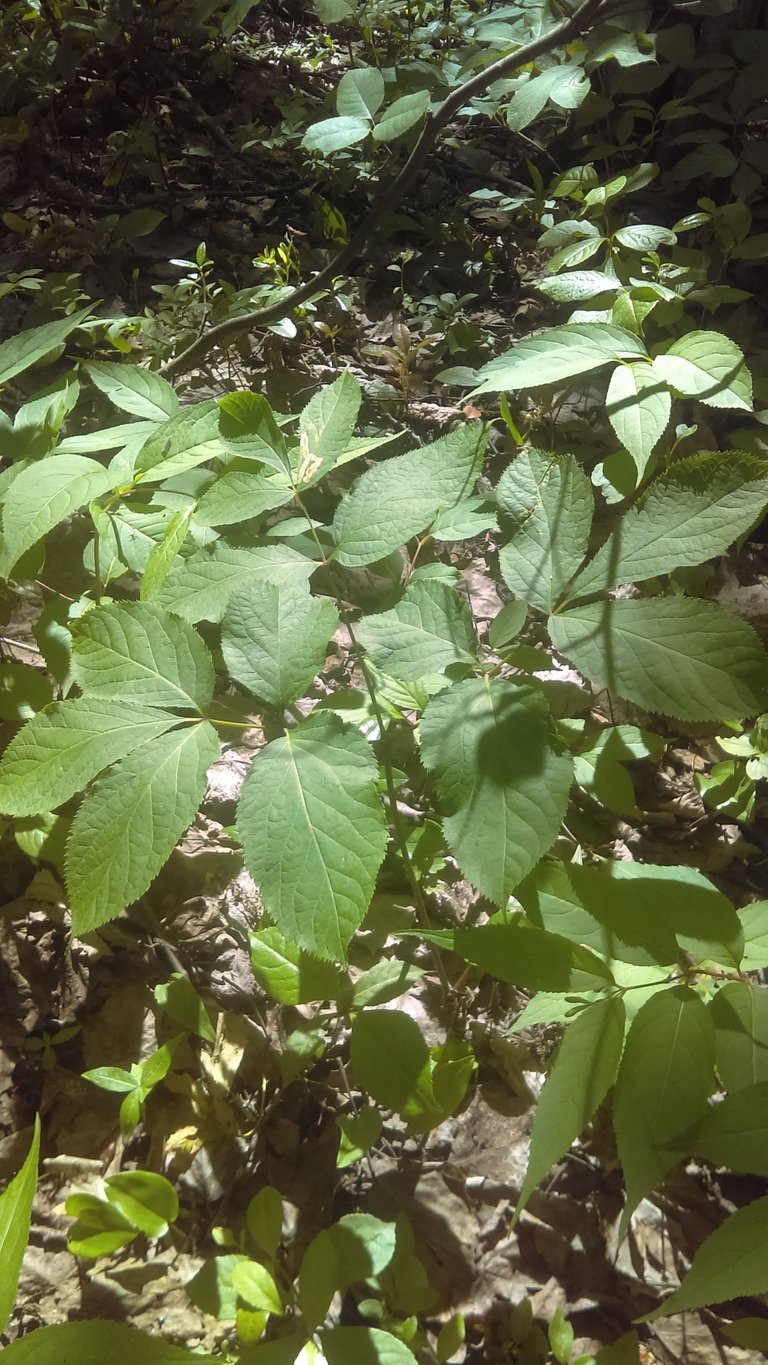
Wild Canadian Sarsaparilla is a close relative of American Ginseng. It looks very similar as well.
Like Ginseng, Wild Sarsaparilla adds a stem scar to the rhizome every year so a long tail of stem scars translates to an older plant with more nutritive and medicinal activity.
A poultice of the macerated root has been used by First Nations people to heal external wounds and infections and it has also been used a general tonic and it was even eaten for sustenance when on long hunting expeditions long ago. There was a craze during the latter part of the 19th century around this plant as a revitalizing "spring tonic" but it has since fallen off the radar.
Simply peel the fleshy part of the root off of the woody core and boil, sweeten and enjoy a refreshing nutritive tonic!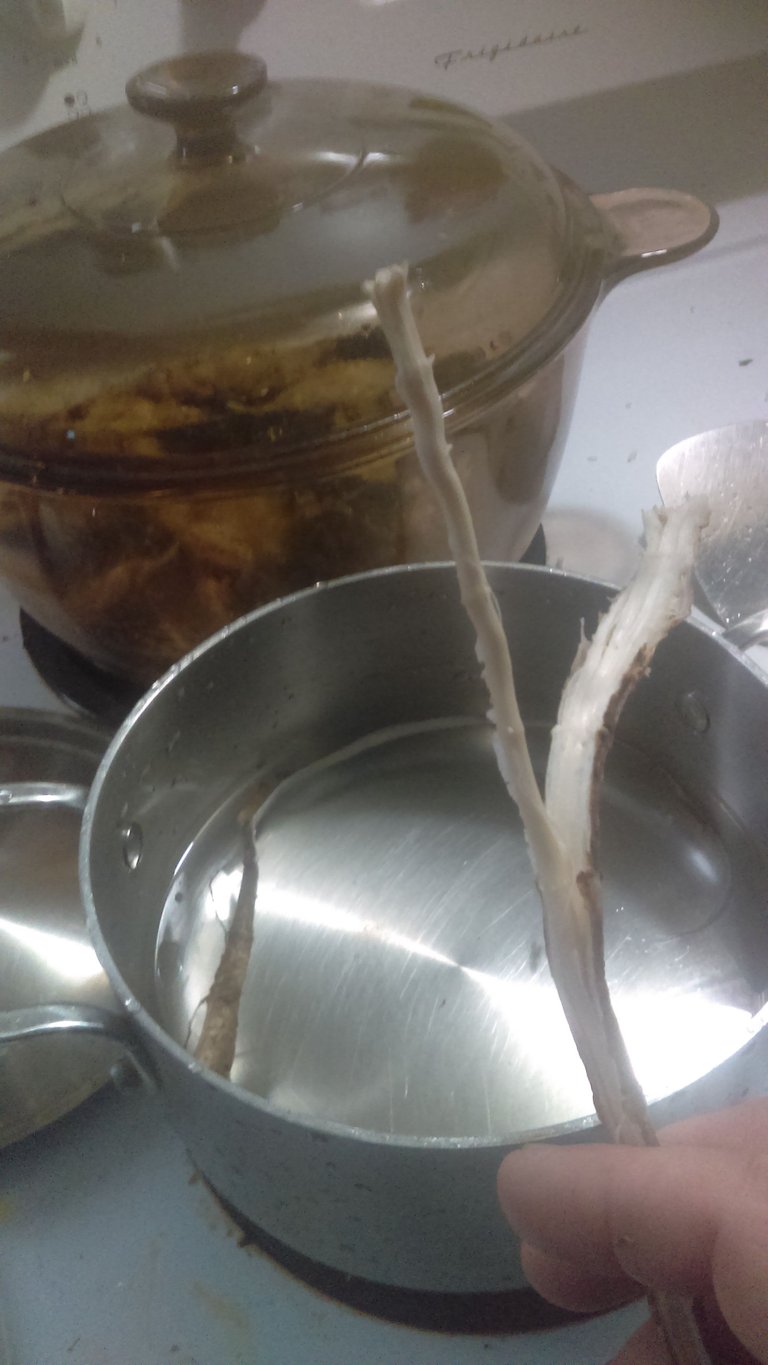
- Wintergreen (Gaultheria procumbens) This plant was also much used by First Nations people in North America. During colonial times when traditional Eastern Asian Tea was hard to get, Wintergreen earned the name "Canada Tea" because of its use as a substitute. It has a pleasant smell which is minty with root beer notes to it. The plant is a natural source of Methyl salicylate which is a form of Aspirin. First Nations Canadians believed it gave them more breath or "wind" during long expeditions and while running etc. Simply gather the new growth and quickly steam then dry the leaves. Any liquor in the bottom which is obtained during steaming can be enjoyed right away. The leaves should be dried and used latter for a refreshing Wintergreen "green" tea.
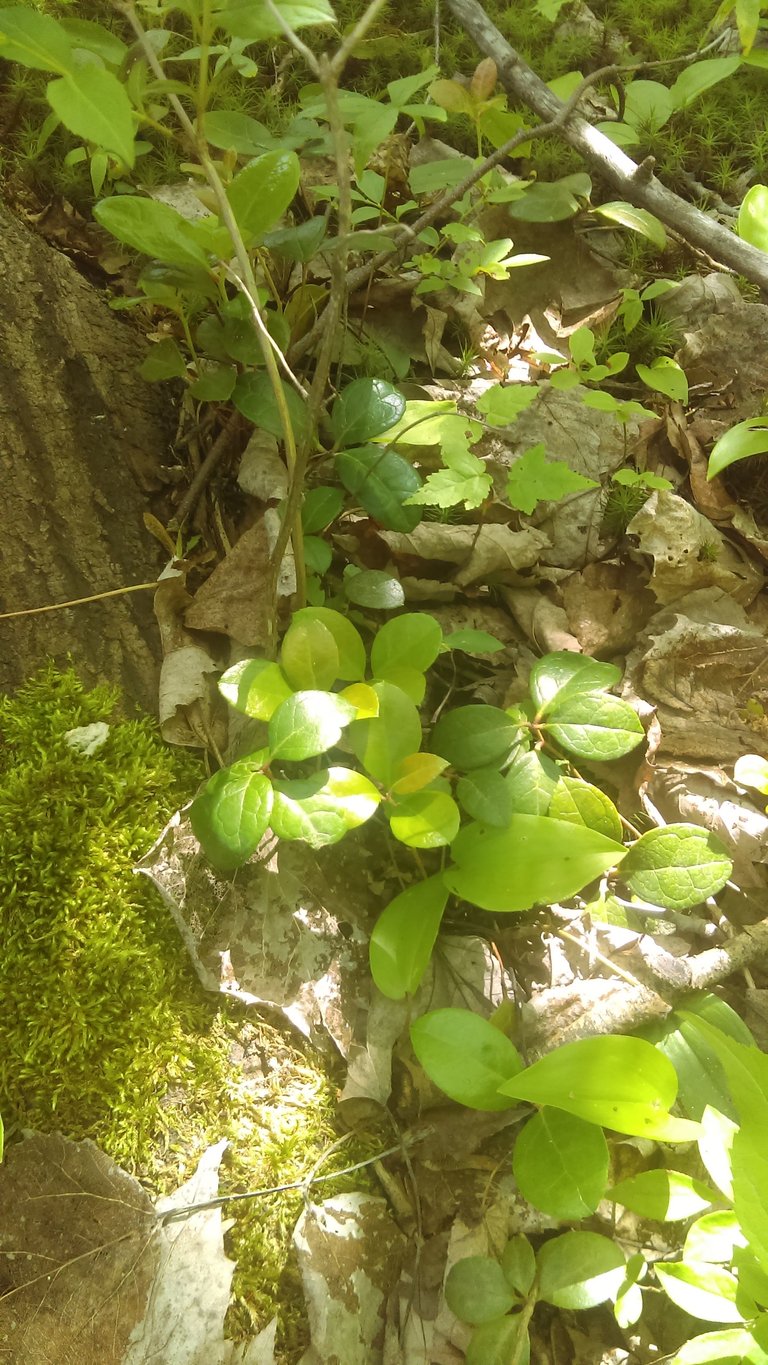
- Yarrow (Achillea millefolium) Yarrow earned its Latin name from its reputation as the hemostatic of choice used by Achilles, who reportedly carried it with his army to treat battle wounds. This plant has been used as a refreshing tea and a tonic and diaphoretic used for treating colds and flus.
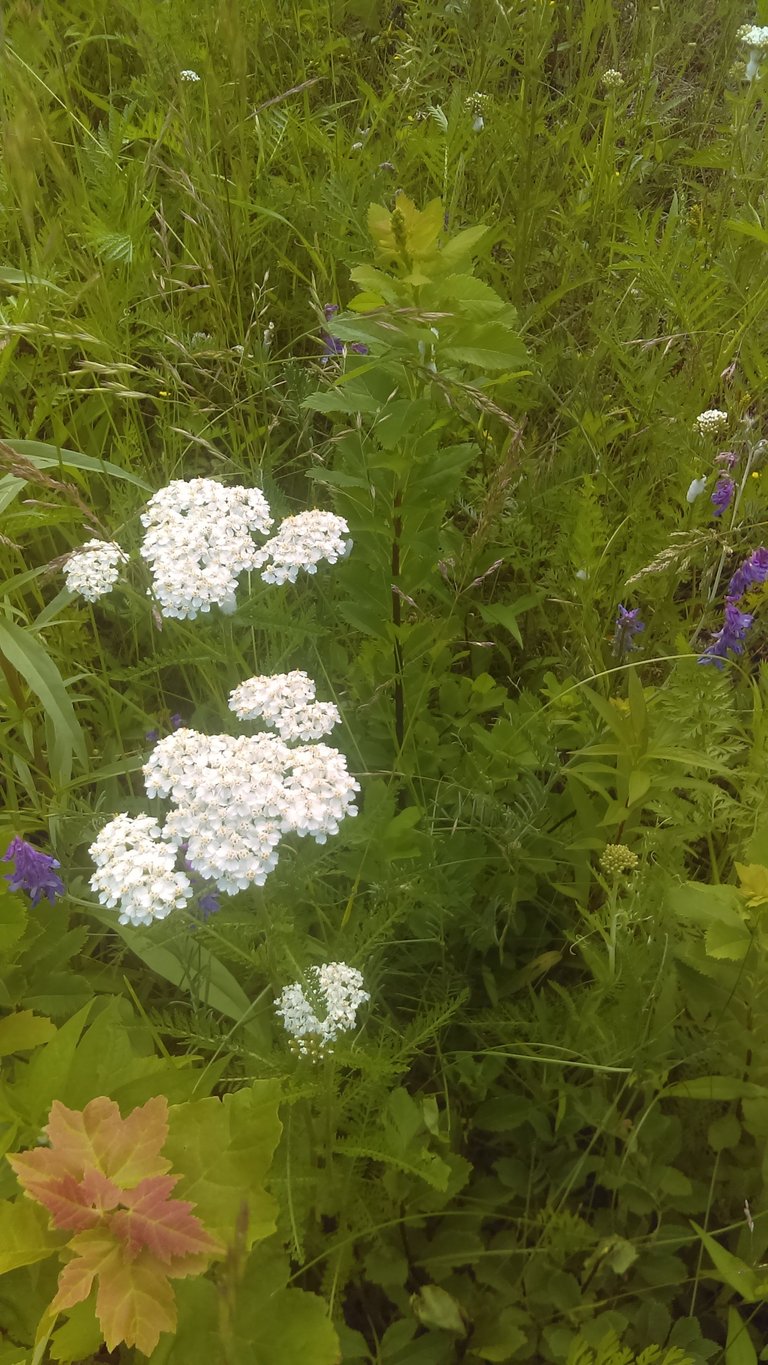
- Sweet Fern (Comptonia peregrina) I have never used this plant but I noticed while on our walk. I am familiar only with the look of the plant and the pleasant smell of the leaves when crushed. It was apparently used by First Nations people to line their baskets with when picking perishable foods to preserve their freshness and as a seasoning and a tea. It was also apparently used externally for skin problems and for smudge fires.
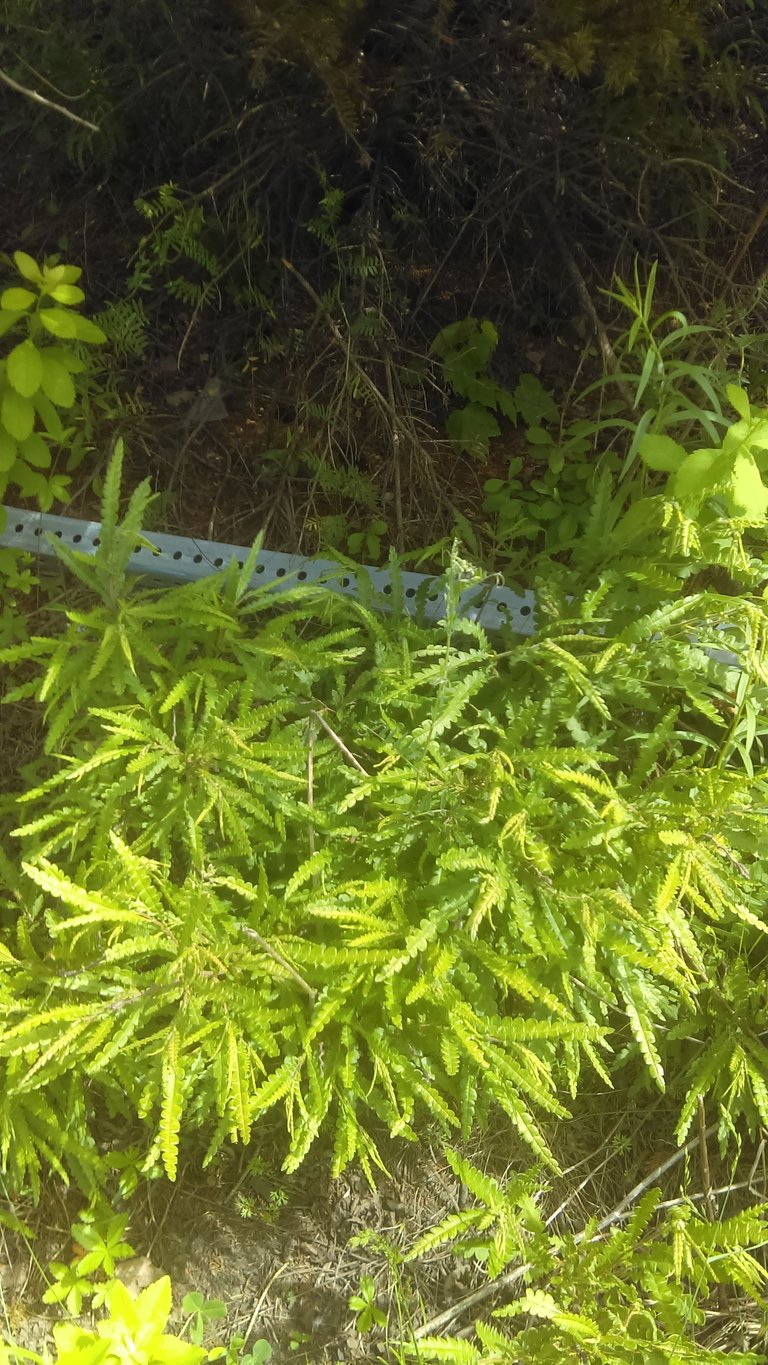
Happy picking wildcrafters! And Remember, never use a plant you are unfamiliar with or not 100% completely sure about. There are many very healthful plants in the wild but some are toxic and even deadly.
For example, Canadian Water Hemlock looks very similar to Wild Valerian and Wild Parsnip but it is deadly to eat even a single bite. When familiar with these plants it is impossible to confuse them but a novice leafing through a book could make a mistake.